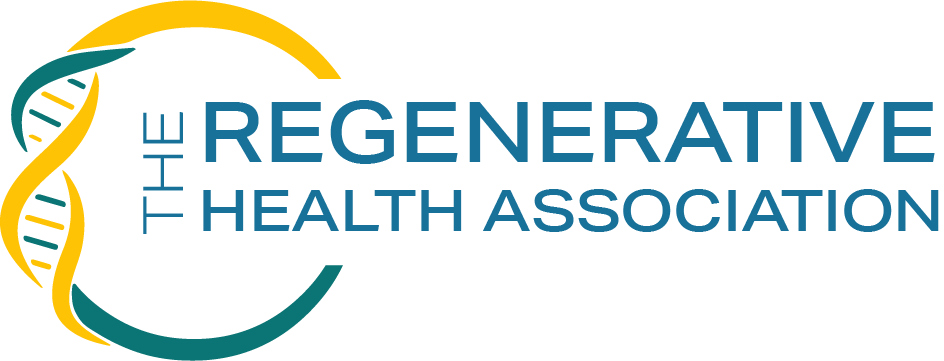For transplant recipients, dealing with Epstein–Barr virus (EBV)-positive post-transplant lymphoproliferative disease (PTLD) can be a severe challenge, especially when standard treatments like rituximab don’t work. But a phase 3 clinical trial, known as ALLELE, is giving patients and doctors something to consider—a new approach using Tabelecleucel.
The study involved over 200 patients who had undergone allogeneic haematopoietic stem-cell or solid organ transplants. These patients had previously tried rituximab or chemotherapy, but their PTLD had not responded. Enter Tabelecleucel: an immunotherapy treatment that works by targeting the EBV virus directly, helping the immune system recognize and fight off the infection.
Researchers observed that the results are providing a much-needed ray of hope for patients who are running out of treatment options. For those struggling with PTLD after other therapies fail, this study offers a new strategy that could make a real difference in their lives.
The trial’s results showed that Tabelecleucel has a significant effect in reducing the progression of PTLD, with many patients experiencing stabilized or even improved health outcomes. What’s even more promising is that it seems to have a manageable side effect profile compared to the more aggressive treatments typically used for PTLD. This means that patients may have an additional option that comes with fewer risks while still effectively addressing the disease.
Transplant centers around the world are paying close attention, with many considering the potential of Tabelecleucel as an alternative treatment. While further research is necessary to confirm long-term outcomes, the findings so far are encouraging. This study represents a step toward offering transplant patients more than just a limited set of options when it comes to treating EBV-related complications.
As more patients are treated and more data becomes available, the future looks a little brighter for those affected by PTLD. It’s a treatment worth watching closely as it moves from trial results to clinical practice.


